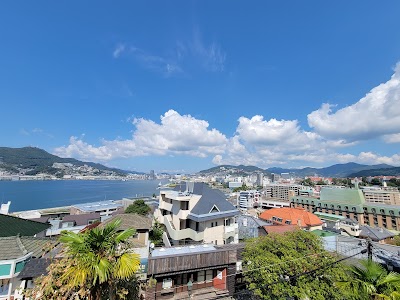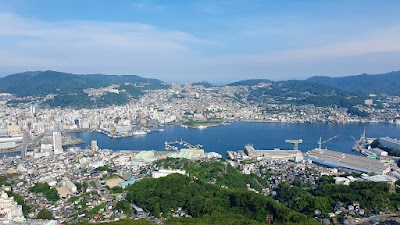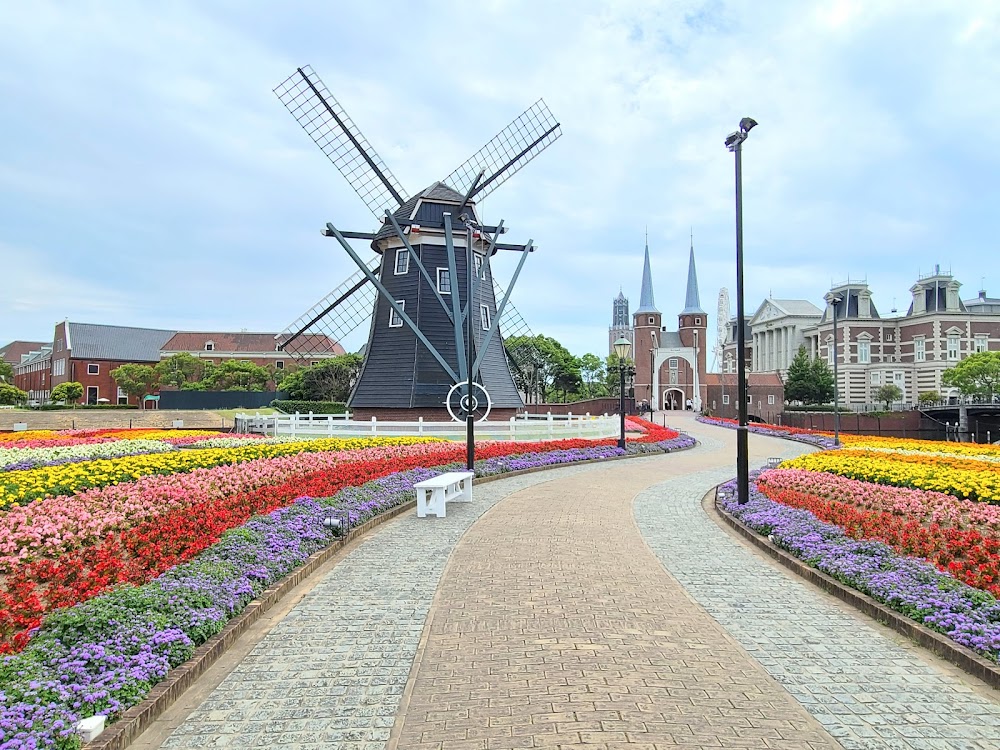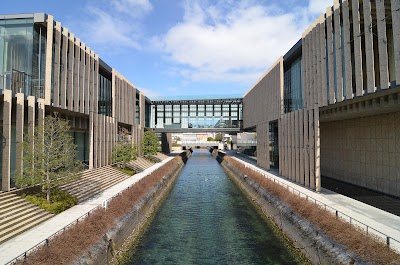Suwa Shrine (諏訪神社)
Overview
Suwa Shrine, located in the heart of Nagasaki City, Nagasaki Prefecture, Japan, is one of the most significant Shinto shrines in the region. Established in **1625**, this sacred site reflects the resilience and unwavering faith of the local population. Its creation is deeply intertwined with the history of Nagasaki, particularly during a time when **Christianity** was rapidly spreading throughout the city.
In the early 17th century, European missionaries significantly influenced many local residents to convert to Christianity. This shift raised concerns for the **Tokugawa shogunate**, which sought to preserve traditional Japanese beliefs and maintain Shintoism as the official religion. In response to this growing influence, the shogunate encouraged the construction of Suwa Shrine as a means to reinforce Shinto values and practices among the community.
The establishment of Suwa Shrine can be credited to **Masaya Ikeda**, a feudal lord who played a pivotal role in its creation. Under his guidance, the shrine was constructed to honor the gods of war and protection, particularly **Suwa Myojin**, the deity enshrined here. Local materials were utilized during construction, and skilled craftsmen from various regions of Japan were employed to ensure that the shrine was built to withstand the test of time.
The architectural design of Suwa Shrine exemplifies traditional **Shinto** aesthetics. The main hall, or **honden**, is a striking representation, characterized by its elegantly curved roof and intricate woodwork. Visitors are welcomed through a grand **torii gate**, which symbolizes the transition from the mundane to the sacred. Stone lanterns line the pathway, illuminating the route to the shrine and enhancing its serene atmosphere.
One of the most notable events in Suwa Shrine's history is the **Kunchi Festival**, celebrated annually since its inception. Held every October, the festival originally commemorated the shrine's founding while honoring the deities. Over the years, it has transformed into a vibrant celebration featuring traditional dances, music, and **float processions**. This lively festival not only strengthens community bonds but also attracts tourists from across Japan and beyond, showcasing the rich cultural heritage of Nagasaki.
In addition to its historical significance, Suwa Shrine serves as a repository of **cultural treasures**. It houses several important artifacts, including ancient texts, ceremonial objects, and historical documents that chronicle the shrine's role in the socio-cultural landscape of Nagasaki. These items are preserved with care and are occasionally showcased during special exhibitions, allowing visitors to appreciate the rich history of the shrine.
During **World War II**, Nagasaki faced catastrophic devastation due to the atomic bomb, yet remarkably, Suwa Shrine sustained limited damage. In the aftermath of the war, it became a sanctuary for solace and healing for survivors. The shrine's tranquil gardens, adorned with cherry blossoms and native flora, provide a serene environment for reflection and remembrance of that challenging time.
Today, Suwa Shrine continues to thrive as an active place of worship. Visitors come to offer prayers, seek blessings, and participate in traditional **Shinto ceremonies**. Shrine priests conduct rituals throughout the year, adhering to customs passed down through generations. These sacred practices not only honor the gods but also foster a sense of continuity and cultural heritage within the community.
In recent years, Suwa Shrine has embraced modern practices to engage a broader audience. Information about the shrine and its activities is readily available online, and efforts have been made to accommodate international visitors with **bilingual signs** and guides.
Suwa Shrine stands as a pillar of cultural and spiritual significance in Nagasaki. Its enduring presence symbolizes the city's rich history and the resilience of its people, serving as a bridge between the past and present, tradition and modernity.









